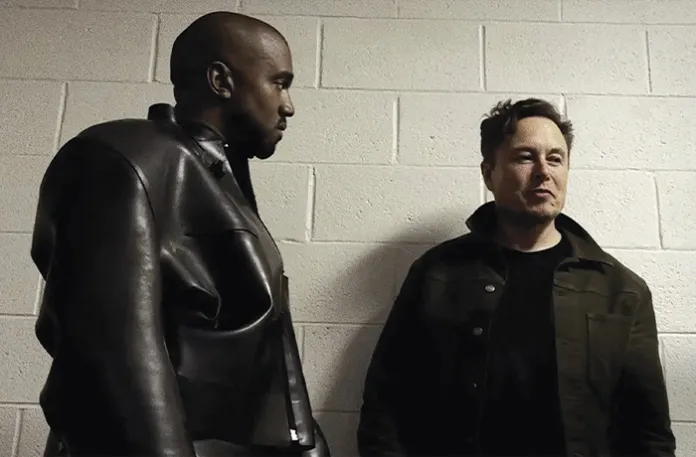Traditionalist Catholic society approved for Vatican pilgrimage despite canonical irregularity – Washington Examiner
The Traditionalist Catholic Priestly Society of St. Pius X (SSPX), a group with a long-standing irregular canonical status and a strained relationship with the Vatican since the 1970s, has been approved to participate in a pilgrimage to the Vatican during the current jubilee year. This approval places SSPX’s pilgrimage on the official Vatican calendar,despite the society not being in full communion with the Catholic Church. The SSPX, founded in 1970 by Archbishop Marcel Lefebvre in opposition to the liturgical reforms of Vatican II, exclusively celebrates the Traditional latin Mass and critiques modern liturgical changes and perceived modernist trends within the Church.
The pilgrimage, marking their third jubilee trip to Rome, is intended as an act of penance, a presentation of loyalty to the Pope and the Catholic church, and an effort to seek spiritual renewal. Though, Vatican approval does not equate to endorsement or sponsorship. While some hope for improved dialog under newly elected Pope Leo XIV, the SSPX’s status remains unresolved, reflecting decades of tension, including excommunications stemming from unauthorized episcopal consecrations in 1988 and ongoing disagreements over liturgical practices. The 2025 pilgrimage offers the society a chance to showcase its considerable global following and reiterate its commitment to the papacy amid an uncertain future within the Church.
Traditionalist Catholic society approved for Vatican pilgrimage despite canonical irregularity
The Priestly Society of St. Pius X, a traditionalist Catholic society that has experienced a troubled relationship with the church hierarchy since the 1970s, has been approved for a pilgrimage to the Vatican later this month.
The society’s pilgrimage has been added to the Vatican’s calendar in the ongoing jubilee year, a time of celebration and forgiveness of sins held in the Catholic Church every 25 years. SSPX’s inclusion is notable due to the society’s irregular canonical status, a designation that signifies a lack of full communion with the Catholic Church.
“Following in the footsteps of its founder, Archbishop Lefebvre, the Society of St. Pius X is making its third Jubilee pilgrimage to the Eternal City,” James Vogel, the society’s director of communications, told the Washington Examiner.
He continued, “As Catholics, it is equal parts penance, to obtain the indulgence, to proclaim our attachment to the Holy Father, and in a special way, for the Church to ‘regain Her splendor’ for the salvation of souls.”
However, approval to participate in the pilgrimage does not signify endorsement or sponsorship from the Vatican. Church leaders previously clarified this stance regarding a pro-LGBT Catholic group that received approval for a prayer vigil in 2024.
While the presence of a new pope has drawn speculation about whether the pilgrimage will open doors for dialogue, SSPX has been preparing for the trip since before Pope Francis’s death in April.
“We are going to Rome to purify ourselves of our sins, to obtain indulgences for our sins and to sanctify our souls in this city of grace,” the SSPX said of the pilgrimage in a letter published in February. “We will go to Rome to proclaim and manifest our unwavering attachment to the Apostolic See, to the Pope, successor of Peter and Vicar of Christ, to the bishops, successors of the Apostles, to the priests, their collaborators, and to the Catholic, Apostolic and Roman Church.”
“We will go to Rome, simply because we are Catholics, children of the Church, and because we want to remain Catholics no matter what happens,” it added.
The priestly fraternity, named in honor of the anti-modernist Pope St. Pius X, was founded in 1970 by Archbishop Marcel Lefebvre as a response to liturgical reforms made in the Second Vatican Council (also known as Vatican II).
SSPX priests only celebrate the “Traditional Latin Mass,” an all-Latin liturgy codified in 1570, and claim the “New Mass” as formalized in Vatican II is inferior and insufficiently reverent.
“In the new rite, man has become more of the focus, not so much God,” the fraternity asserts on its website about the standard form of mass propagated after Vatican II. “The traditional Mass, on the contrary, focuses on the worship of God and the true sacrificial nature of the Mass.
The group also laments a perceived drift within the Church toward the error of “modernism.”
“Truth, according to the modernist, depends upon each individual’s subjective perceptions and beliefs, not upon any objective, universal order descending from God,” the SSPX website explains. “Truth thus changes from person to person, from age to age, from place to place, and modernism insists that human reason alone can determine what is right and wrong, good and bad, true and false.”
The zenith of the SSPX’s feud with the Vatican followed Lefebvre’s decision in 1988 to illicitly consecrate four bishops without Rome’s approval and in explicit disregard of warnings from then-Pope John Paul II. The pontiff ruled this was a “schismatic act.”
Both consecrators and those consecrated were punished with automatic excommunication, a penalty Lefebvre disputed until he died in 1991.
The struggle between the group and the Vatican continued for decades as restrictions were tightened on the Traditional Latin Mass.
Not until Pope Benedict XVI was elected in 2005 did church leadership approach the irregular community with a mind toward reconciliation.
Benedict lifted the excommunications on the four bishops consecrated by Lefebvre in 2009, hoping the gesture would be “followed by the prompt attainment of full communion with the Church on the part of the whole Society of St Pius X.”
Full communion did not manifest. Dialogue on liturgical and theological disagreements stalled and eventually sputtered out before Benedict resigned from the papacy in 2013.
Subsequently, Pope Francis granted SSPX priests a slow trickle of faculties, such as the ability to officiate marriages or perform the sacrament of absolution in limited circumstances.
At the same time, Francis launched a campaign of suppression against the Traditional Latin Mass, expressing concern that faith communities which refused to accept alternative liturgies were suffering from a “nostalgic disease.”
Pope Leo XIV, elected in May to head the Catholic Church, remains mysterious regarding his positions on the Latin Mass and the SSPX. His emphasis on unity and small movements toward accommodating the Latin Mass has raised some hope for a breakthrough.
Fr. John Fullerton, the District Superior of SSPX in the United States, called the first American pope’s election a “momentous occasion.” Following the pope’s ascension, Fullerton called on clergy and laity to “pour out our prayers for the Pope with all the fervor we can muster.”
He added, “May Pope Leo XIV faithfully fill the shoes of St. Peter and strengthen the faithful, spread the Gospel, and never waver in telling the world that what it needs above all else is Our Lord Jesus Christ, whose death and resurrection gives all men and women hope of eternal life.”
SSPX’s pilgrimage will culminate with a procession at the Archbasilica of Saint John Lateran, the seat of the Bishop of Rome and the mother church for the entire faith, on Aug. 20, the day of Pope St. Pius X’s death.
POPE THRILLS HUNDREDS OF THOUSANDS OF YOUNG CATHOLICS AT HOLY YEAR YOUTH FESTIVAL
This will not be SSPX’s first jubilee in Rome. Their first pilgrimage was in 1975 when the society was canonically regular. The second trip was in 2000, when the society was still relatively small, as a gesture of fidelity to Rome despite then-standing excommunications against their bishops.
SSPX now self-reports 780 clergy members and approximately 600,000 laity attending its mass centers. It operates six seminaries and is present in over 60 countries across six continents.
The 2025 pilgrimage is seen as an opportunity for them to display their growing numbers and reaffirm their allegiance to the pope amid ongoing confusion about the future of their canonical status.
" Conservative News Daily does not always share or support the views and opinions expressed here; they are just those of the writer."




